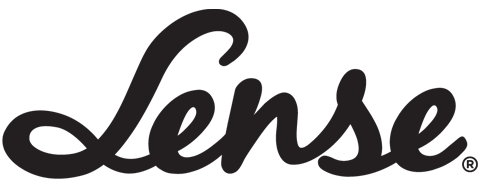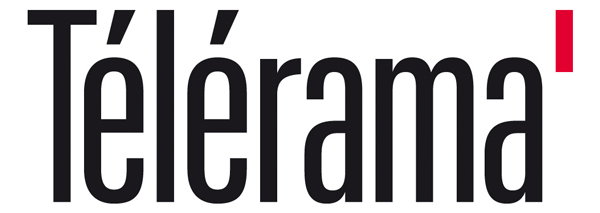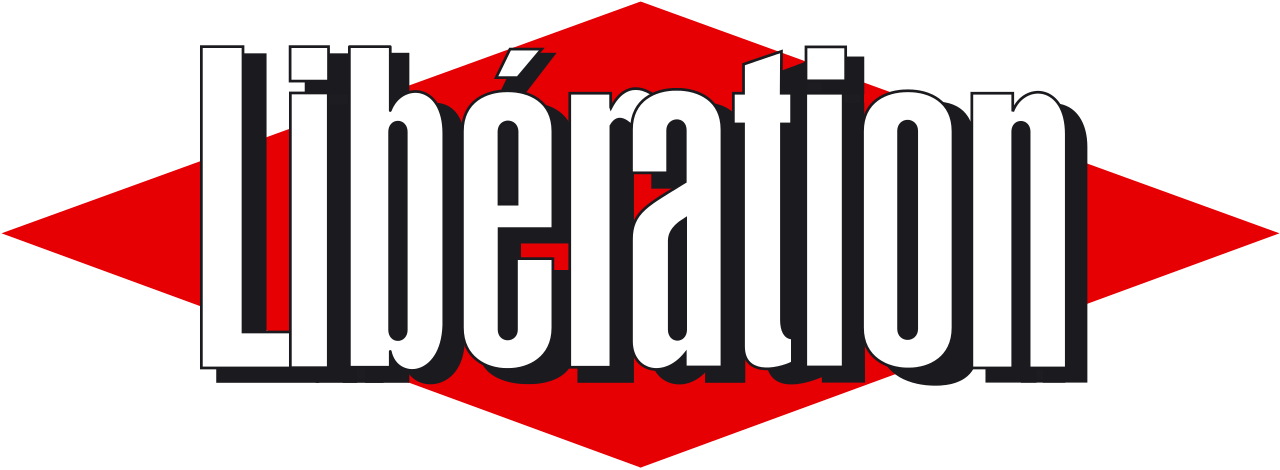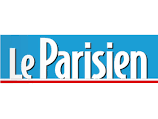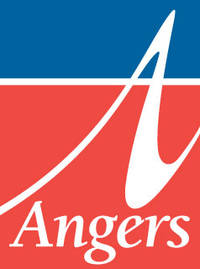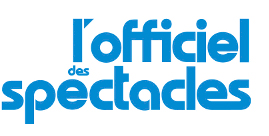Jean-Christophe Béchet
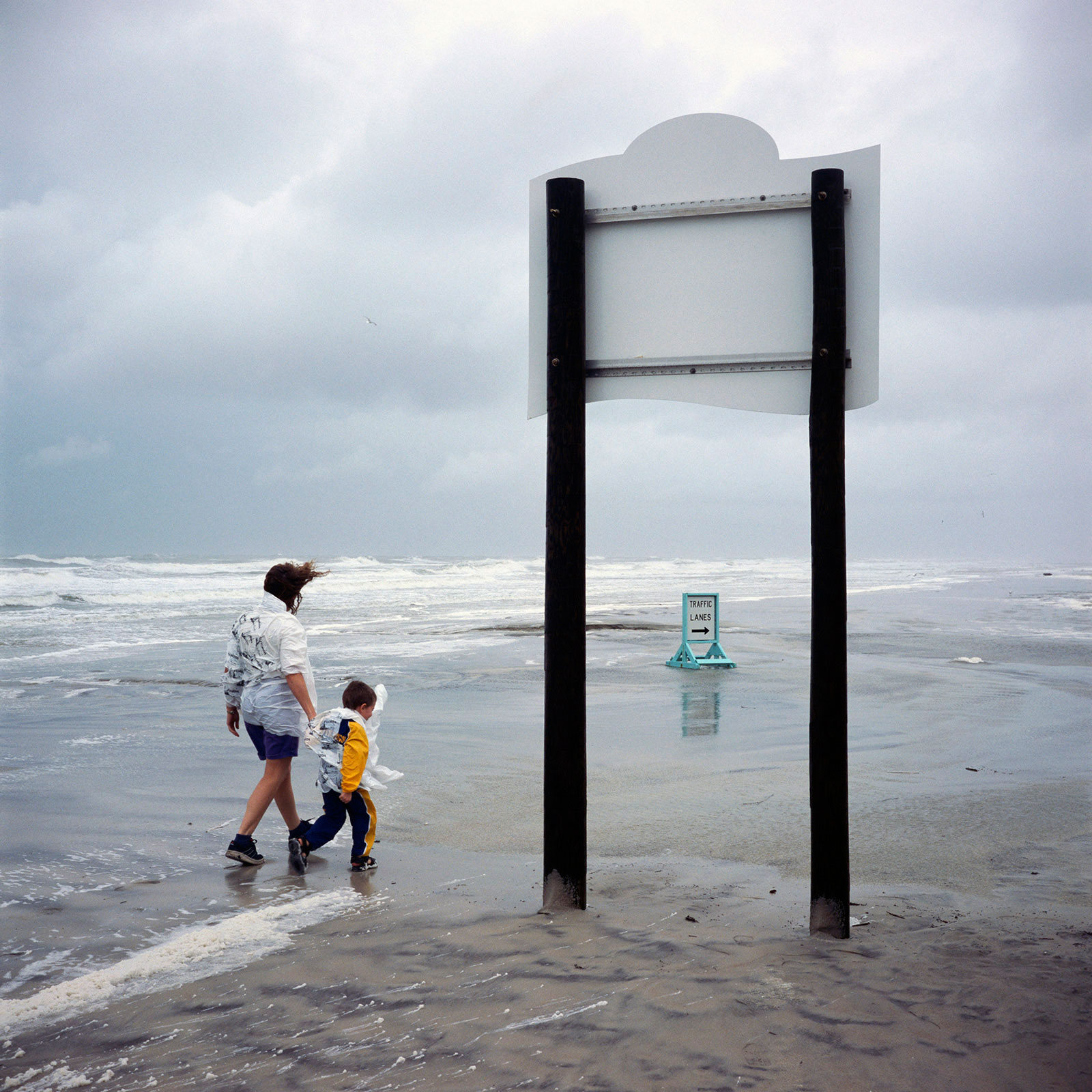
Print: 15,7 x 19,7 inches
Titled, dated, numbered and signed by the artist on verso

Print: 15,7 x 19,7 inches
titled, dated, numbered and signed by the artist on verso
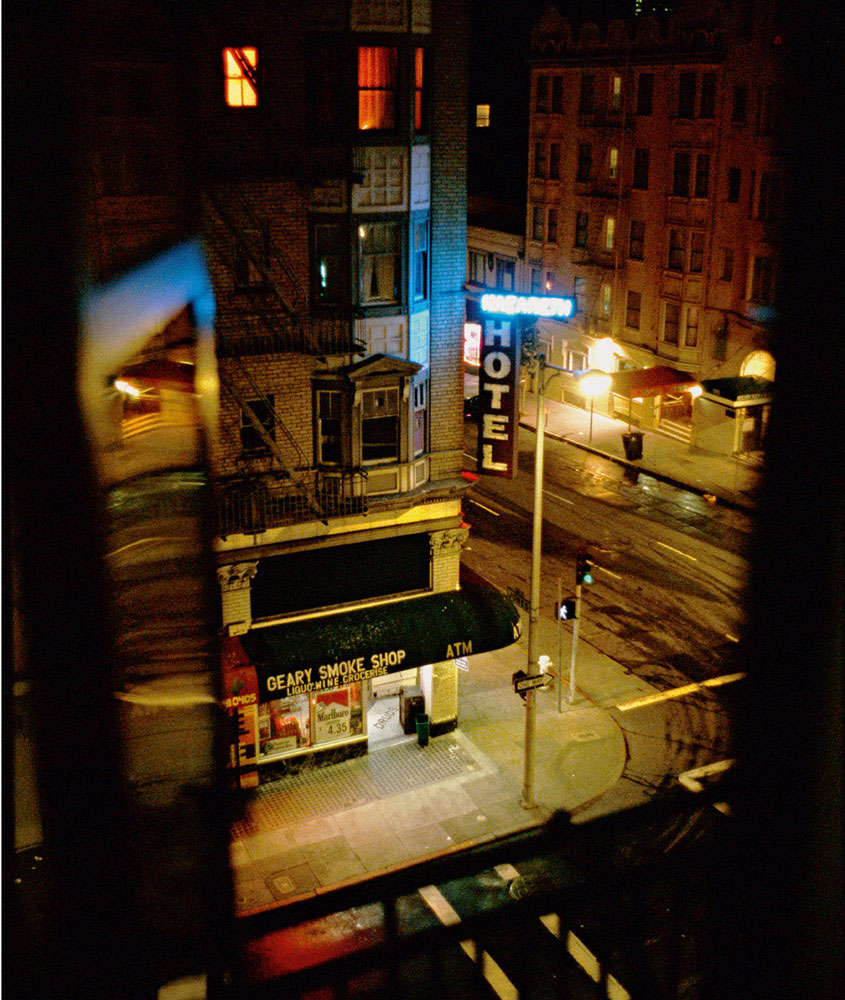
Print: 15,7 x 19,7 inches
titled, dated, numbered and signed by the artist on verso
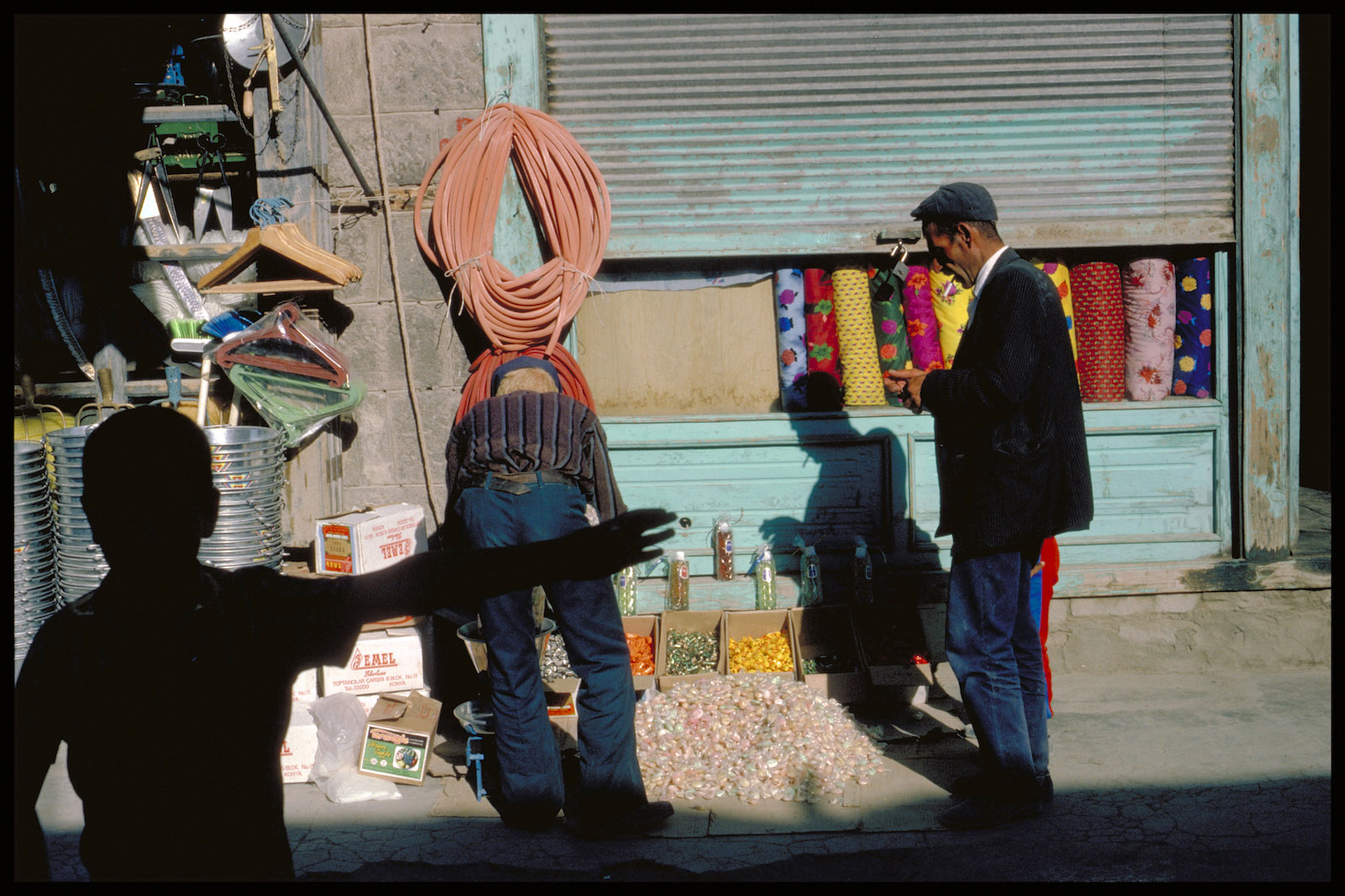
Image: 6 x 9 inches
Print: 8 x 10 inches
Signed, numbered and dated by the artist on verso
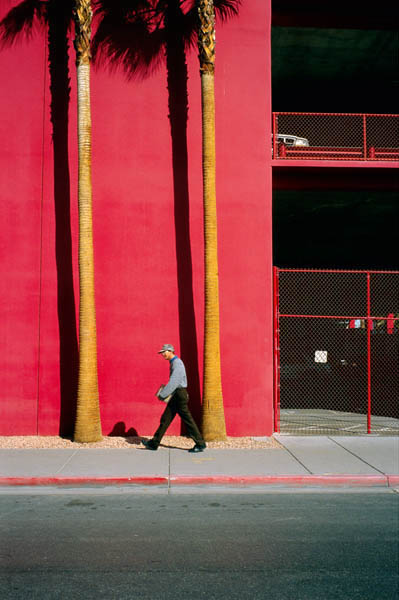
Image: 13,1 x 20 inches
Print: 15,7 x 20,4 inches
Signed by the artist on verso
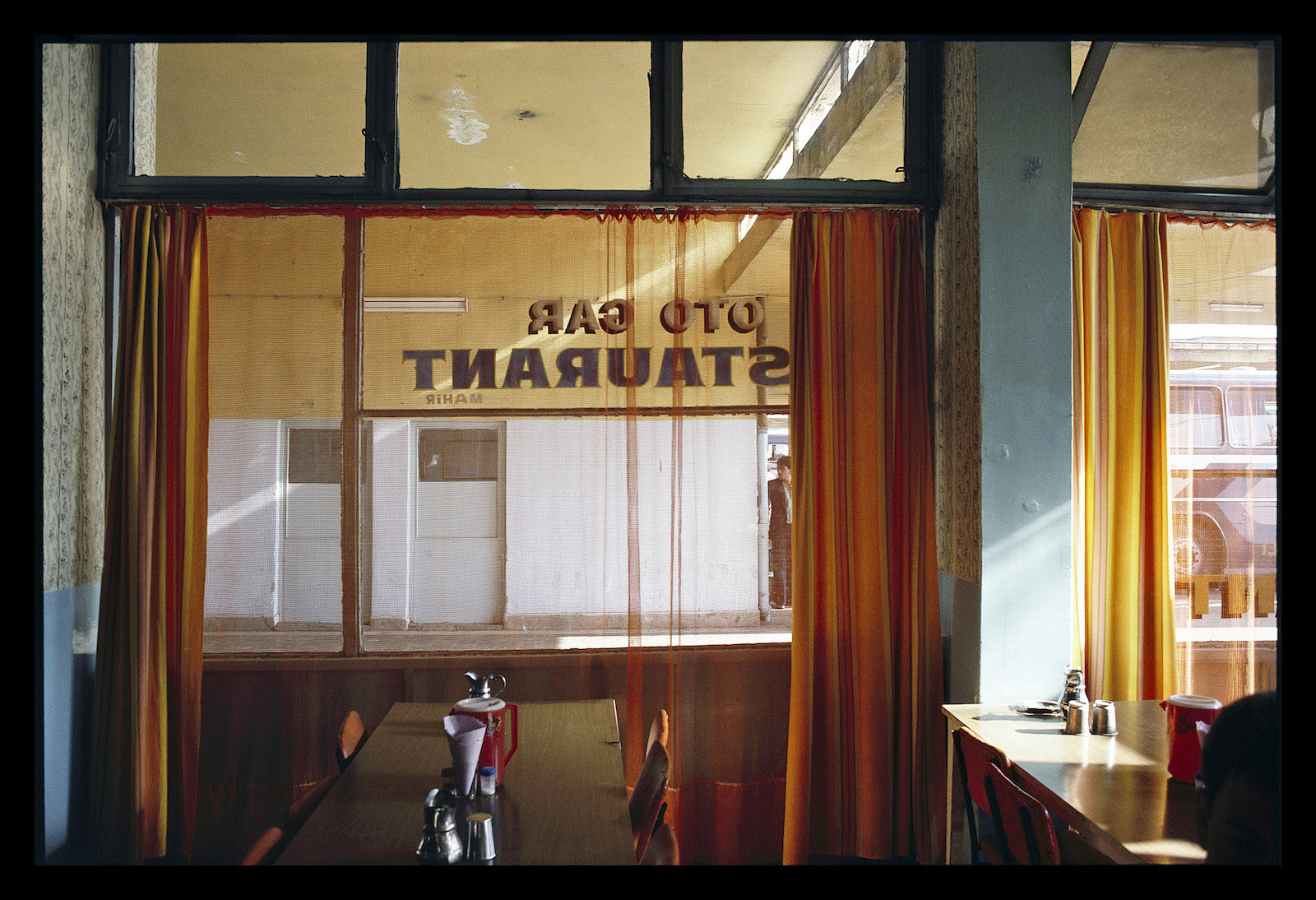
Image: 10 x 15 inches
Print: 12 x 16 inches
Dated and signed by the artist
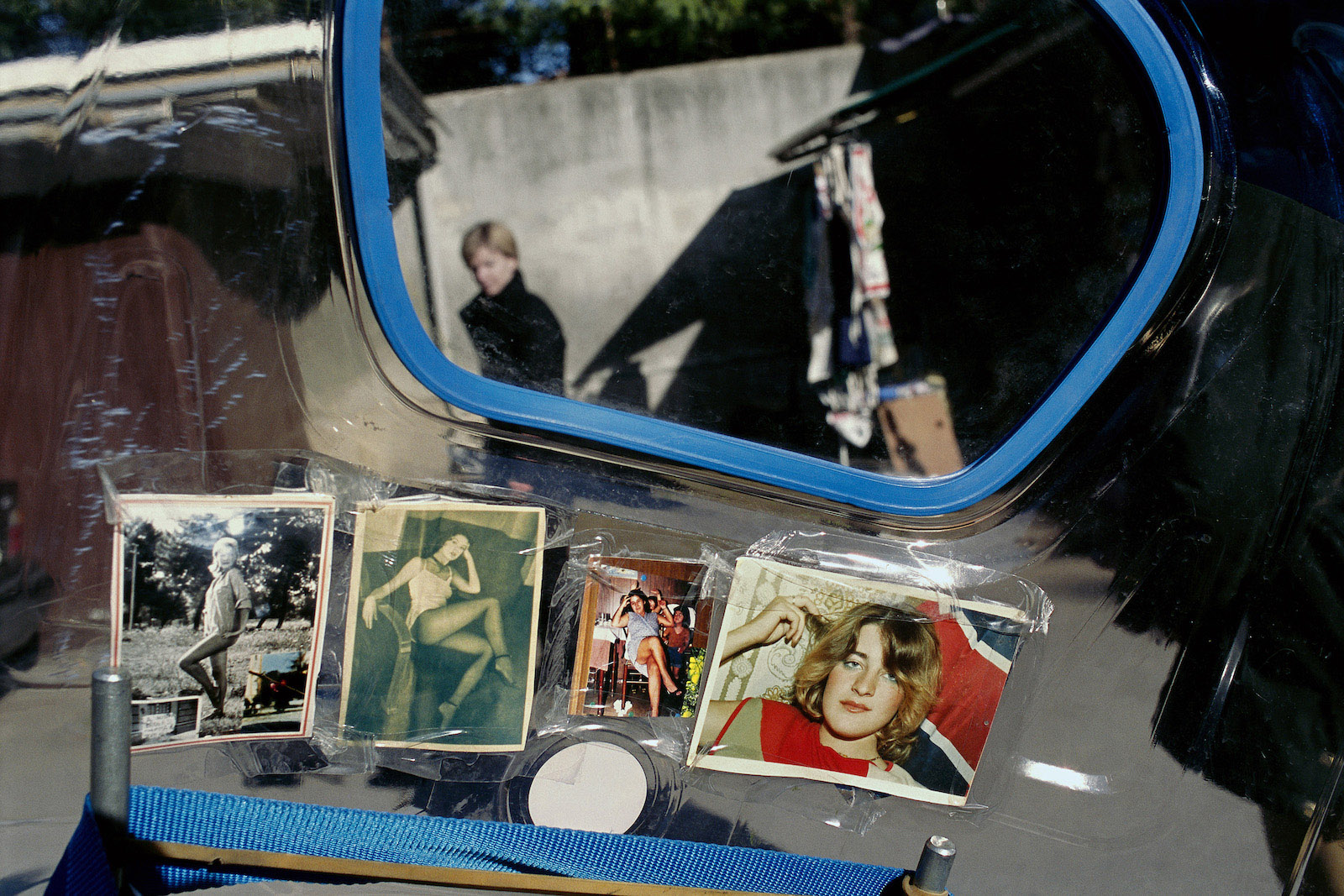
Image: 16 x 24 inches
Print: 20 x 24 inches
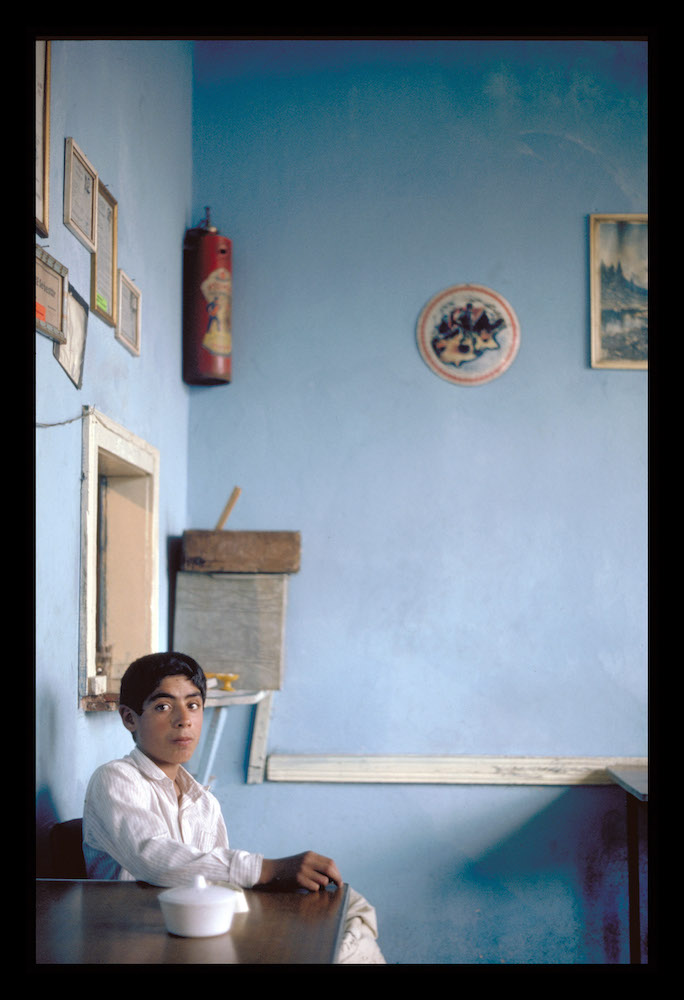
Image: 10 x 16 inches
Print: 10 x 16 inches
Signed, numbered and dated by the artist on verso
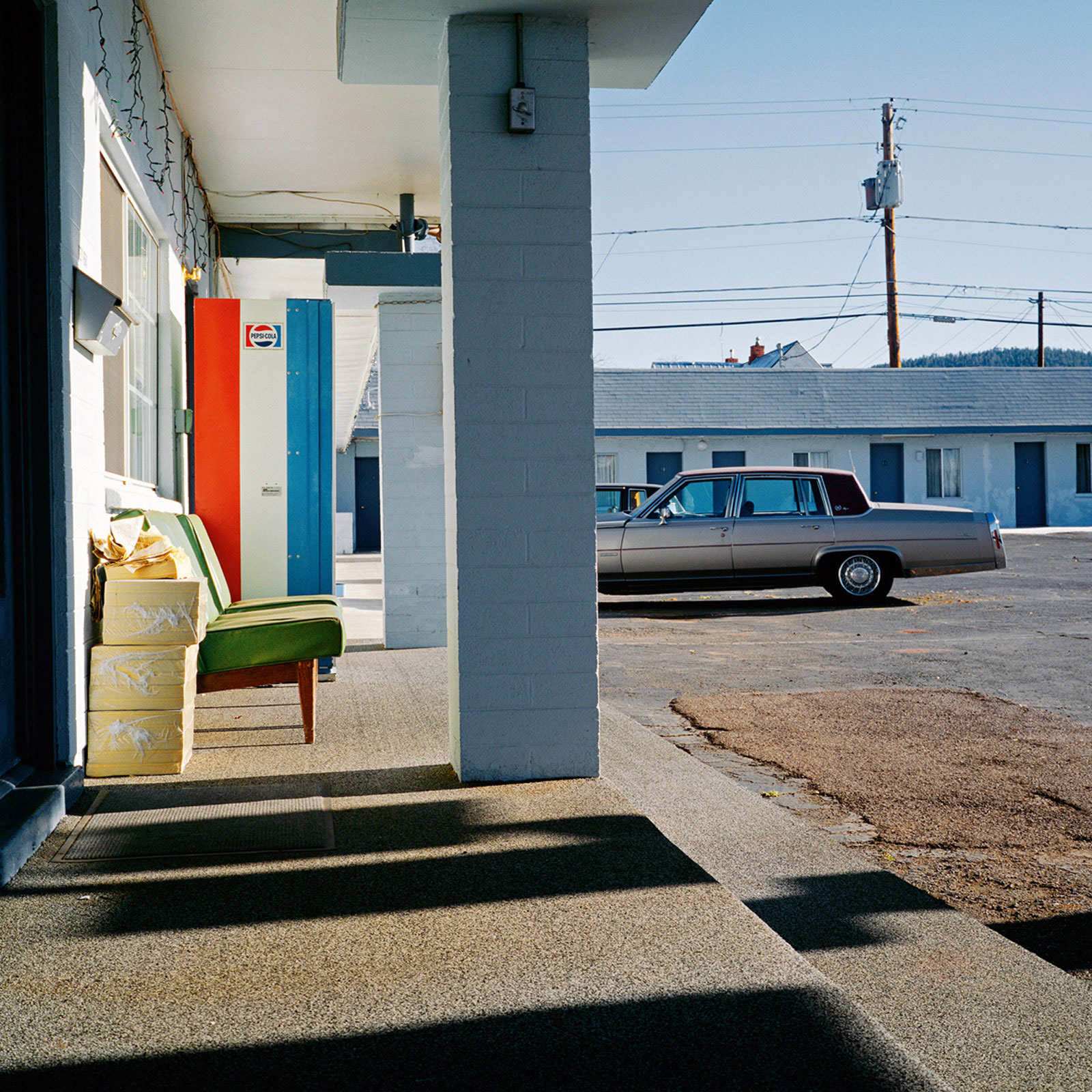
Print: 16 x 20 inches
Titled, dated, numbered and signed by the artist on verso
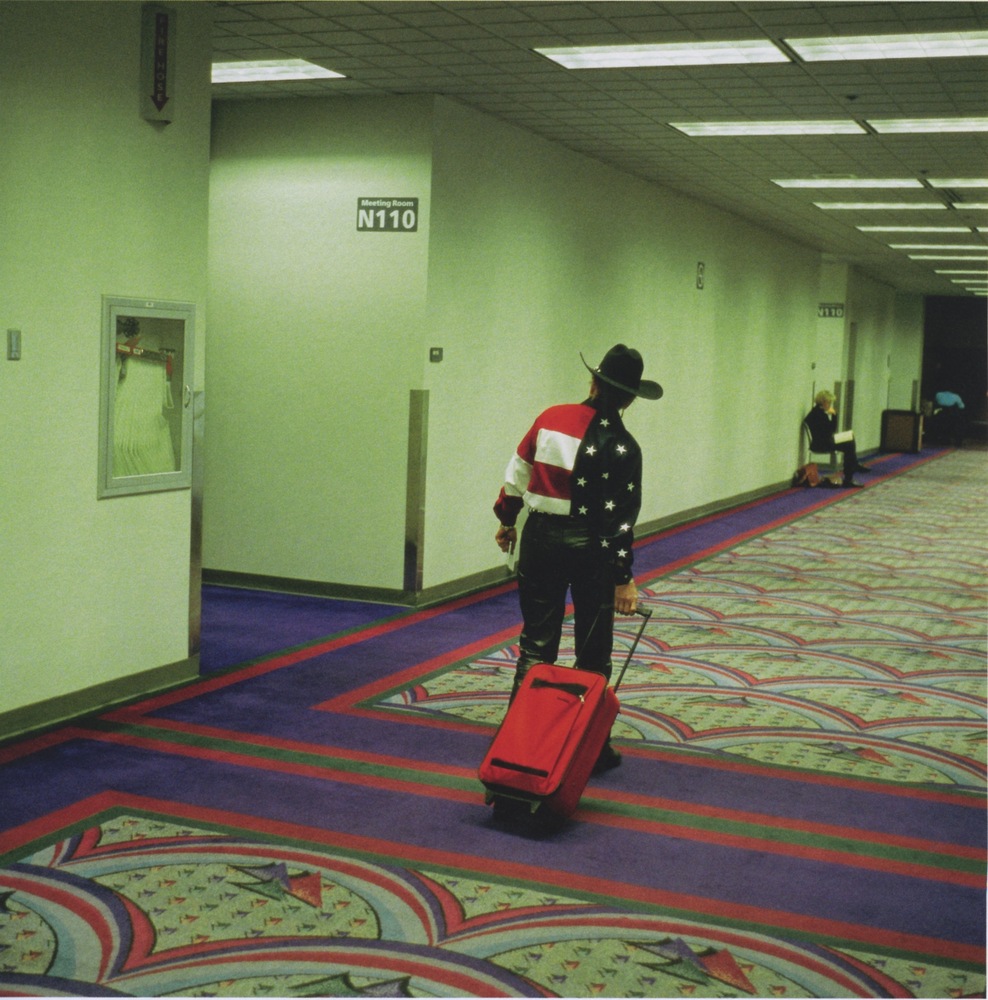
Print: 16 x 20 inches
Titled, dated, numbered and signed by the artist on verso
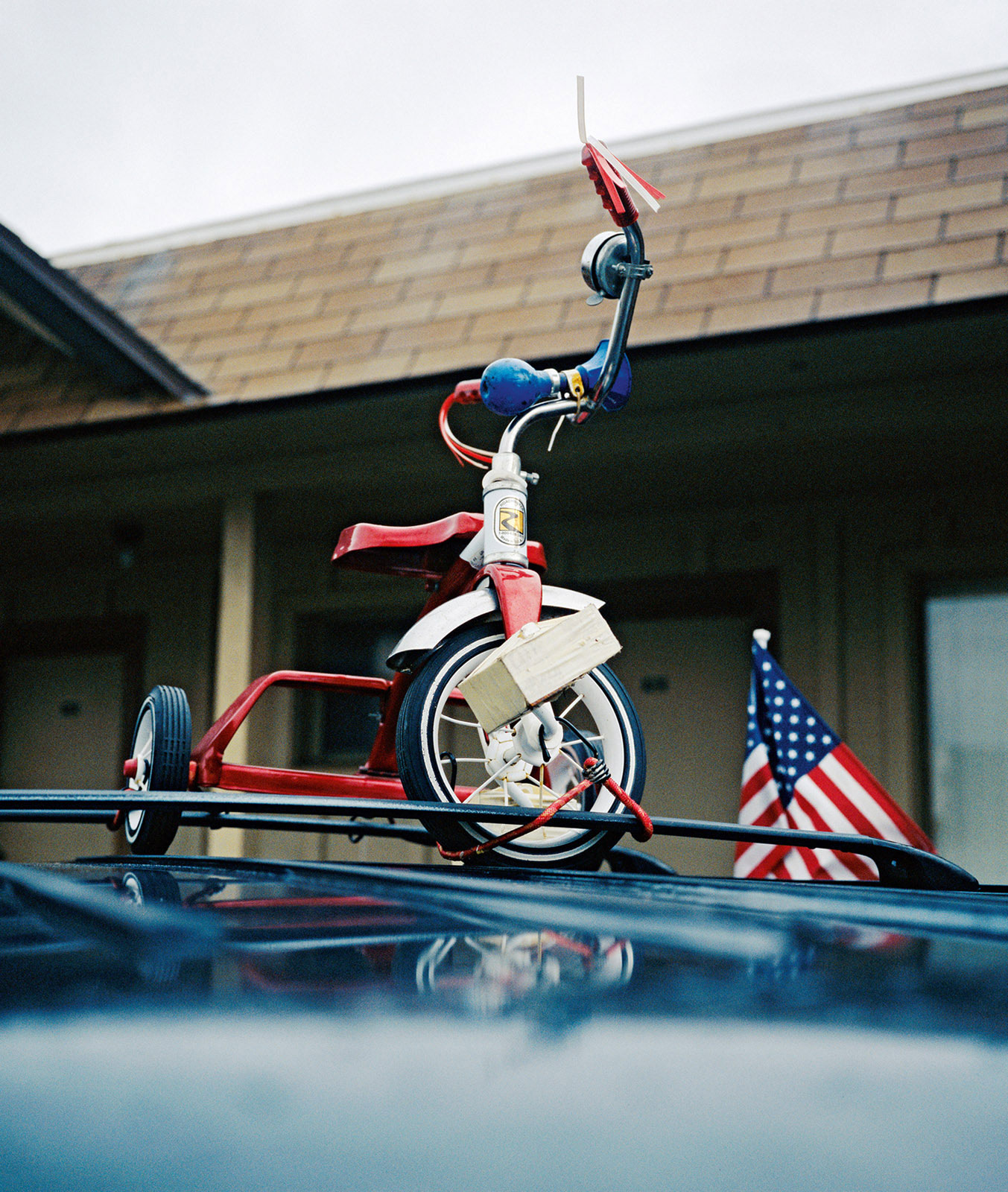
Print: 15,7 x 19,7 inches
titled, dated, numbered and signed by the artist on verso
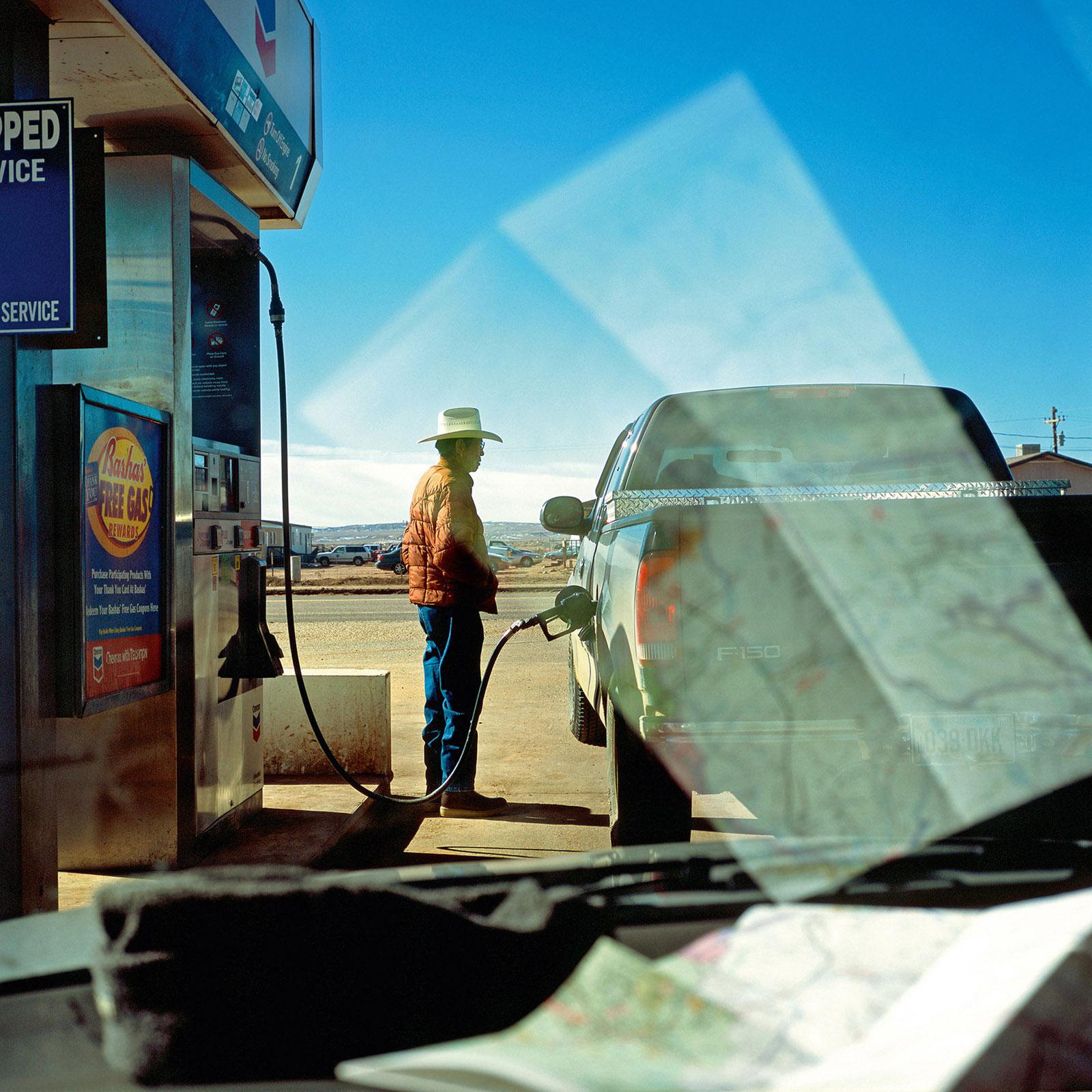
Print: 15,7 x 19,7 inches
titled, dated, numbered and signed by the artist on verso
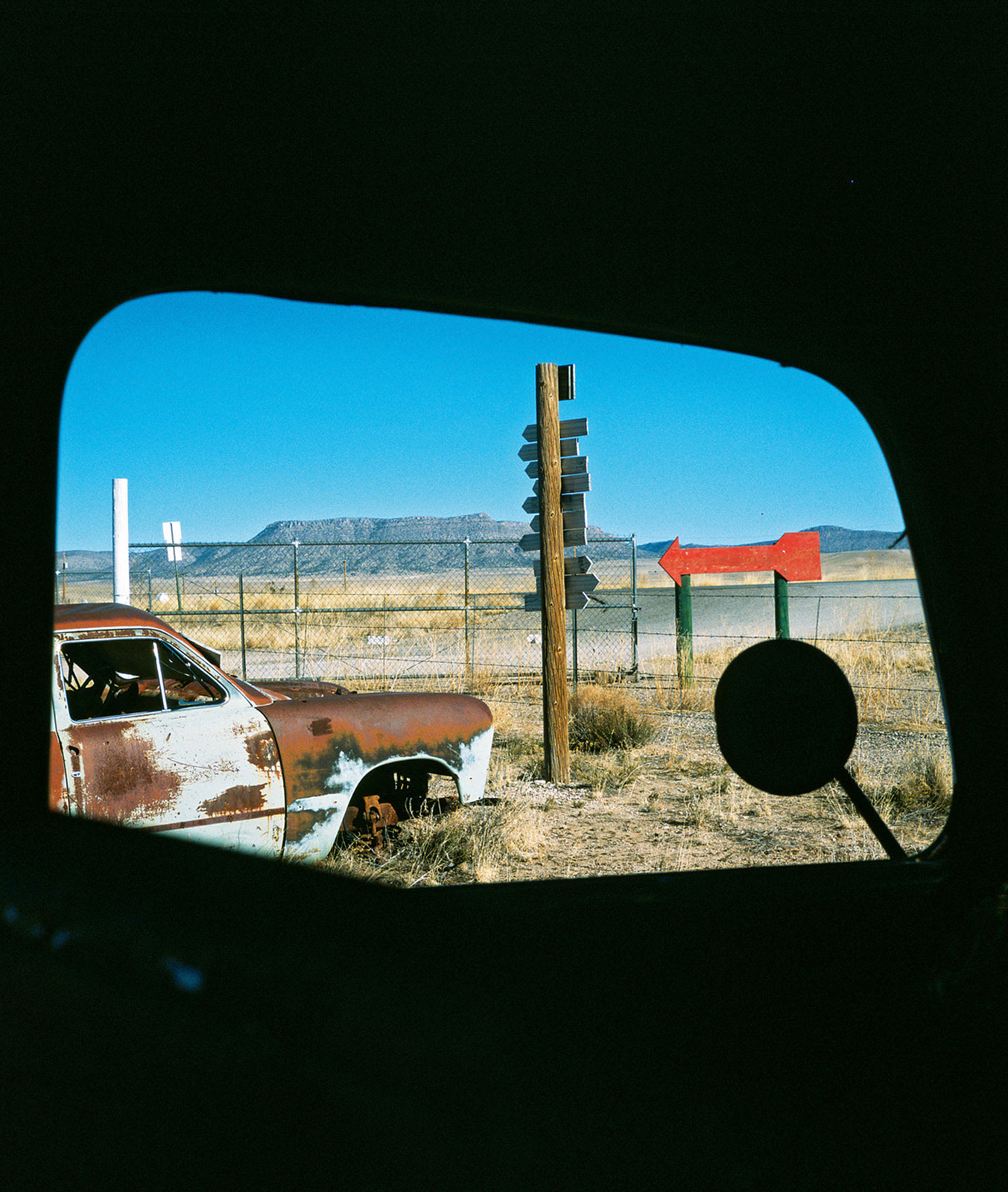
Print: 15,7 x 19,7 inches
titled, dated, numbered and signed by the artist on verso
Presentation
Born in Marseille in 1964, Jean-Christophe Béchet has lived and worked in Paris since 1990. After studying economics in Aix-en-Provence from 1982 to 1985, and photography in Arles from 1985 tom1988, he spent two years living and travelling in West Africa, from 1988 to 1990. He strives to find the 'right tool' for each new project, a tool that will allow him to put photographic material into intimate dialogue with an interpretation of the real. As a result, black and white and colour photos, silver and digital, 24x36 as well as medium-format, polaroids and photographic 'accidents' are all part of his repertoire. As a descendent of 'street photography' ? whether American, French or Japanese ? he has chosen not to abandon the 'subjective document', mixing reportage and landscapes, portraits and architecture. He shies away from closed series, preferring to uncover a certain photographic specificity through each new project. He is establishing his worldview book by book, where the printed page represents his 'natural' domain of expression. Man's place in the contemporary landscape, both urban and natural, is at the heart of his explorations. He is currently at work on the great European, Asian and American cities, and is also developing several series on areas located high in the mountains.
Press
Texts
AMERICAN PUZZLE
"Memory believes before knowing remembers. Believes longer than recollets, longer than knowing even wonders"
From «Light in August, William Faulkner»
1988. It is the end of my studies in photography. I have never been to the United States, but i conceive a thesis for my diploma called The American Voyage. Inside i gather, region by region, the photographs taken in the US that left a lasting impression on me; They are Evans, Arbus, Frank, Friedlander, Winogrand, Avedon, Callahan, Baltz, Eggleston, De Carava...and also Plossu and Depardon... These images constructed my own view. My view of America as well as my view of photography itself.
2011.I counted, i have been to the US 17 times. Seventeen trips. My cultural and political references have evolved. Other images have come to be superimposed onto those that once filled my imagination. What was left to photograph in the US? Nothing? That was simply not possible... I almost put my cameras back in their cases. And then, one night, I listened to the umpteenth version of Chopin's Études performed by a talented young pianist. After so many other superstars, he dared to face this musical score. The parallel was obvious: what if the American territory was precisely that, the Études for us photographers of reality, society and politics? And if indeed one had to go down that path? Like a need to rub up against this imaginary reality. To be able afterwards to go if not further, at lest elsewhere. And maybe to be more free...
For a long time i thought i was visiting the heart of the New World, but with the years i photographed an Old World, rattling and dented. Yet America, this country-continent, is still fascinating and worrisome for a European. How to account for this extraordinary homogeneity in a people made of a thousand origins? How to understand this adherence to the same values ans signs: capitalism, the dollar, the flag, basketball hoops, Jesus, the cult of the automobile? Yes, the American Way of Life is changing and adapting, but still exists.
The idea of a puzzle has regained the avantage. Each piece is different, salient, misshapen, improbable, disconcerting, yet still a part of a large ensemble, which gains coherence from the final assemblage. This was the challenge of the model. I wanted black and white as well as color to inhabit the same space, the western and jazz, Faulkner and Kodak, the city and the country... Along the way i decided that New York no longer fit in, so I removed those images. Then i took up my journey again and i (re)discovered my America: the one that i hate, the one that i love. The one that so quickly forgets its so short history, the one that imposes its visual memory on any photographer that goes there.
In the US, I had no choice, I came to terms with my influences. I met by chance Eggleston's tricycle, Winogrand's women, Frank's flags, Shore's street corners, Friedlander's intersections, Evans's façades... So many chance encounters... The theme is there: what remains is to vary the tone and the tempo...
Jean-Christophe Béchet
ACCIDENTS
Trying in vain to depict the slobber of a panting animal, the Greek painter Protogenes ended up hurling a sponge at his picture. The accidental result was that he got the effect he was after. This anecdote, told by Pliny the Elder, is quoted by Pierre Soulages to explain the importance of accidents in painting.
In photography, accidents arise from the tools used. My own accidents bear the traces of silver image technology. There is no nostalgia about this, only a certainty that they are evidence of a precise moment in time.
When it happens, an accident is negative, an unfortunate event. Which is why an aesthetic accident has to be a blunder, a disaster, a mistake. If it is deliberately sought (using plastic cameras, or vintage Smartphone applications, for example), it is just a stylistic effect. The accidents which are important to me are those that have a certain fictional depth. They stretch time, creating the sensation of a tracking shot. The image is no longer detached from what is out of the frame. The leak of light fixes the images in another documentary dimension. Here, the accident reveals a specifically photographic blend of narrative and documents, poetry and the truth of the moment.
In all of my books, I have included images of unintended reality. Confronted with them, as with Protogenes's sponge, one is in the presence of a small aesthetic miracle. I think all creative artists love the moment when the piece they are working on escapes their control.
The discovery of a successful accident brings a breath of happiness. To turn it into a fully-fledged work of art is an act of complicity with the public. It also demonstrates, through the absurd, the importance of improvisation ? even the "bum-notes" ? in our work. It is evidence of a freedom of style. Like virtuoso jazz players who use free jazz to push their instruments to the limit.
The accident happens when one is totally open to those happy flukes that arise from disorder. It thwarts any sense of security, repetition, or control. And it is particularly necessary in real-life photography.
Jean-Christophe Béchet, 2012
Exhibitions
Paris Photo 2019
Group show
7 - 10 November 2019
Les coups de coeur de l'équipe
Group show
June 20 - July 27 2019
European Vintage
June 8 - July 29 2017
Portfolios #4
Group show
December 7 2016 - January 14 2017
Soon Art Fair
Group show
11 - 13 December 2015
Autoportraits
Group show
November 7 2014 - January 10 2015
Accidents
January 16 - March 15 2014
American Puzzle
February 3 - April 5 2012
News
European Puzzle
July 10 - September 8 2019
Frenchtown, La ville s'endormait et j'en oublie le nom
April 5 - May 19 2019
Eurêka USA
January 24 - April 5 2019
European Puzzle
November 27 - December 22 2018
European Puzzle
April 27 - August 26 2018
European Puzzle
March 17 - April 23 2017
European Puzzle
February 11 - April 4 2017
Influences
October 20, 2016
This is not a map - Orlando / Petite philosophie pratique de la prise de vue photographique
September 11, 2014
Talk with Jean-Christophe Béchet
March 16, 2014
Accidents
September 5, 2012

